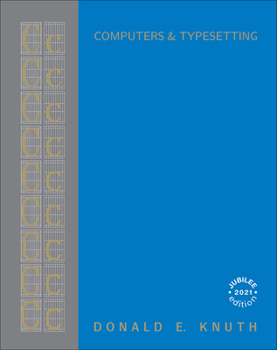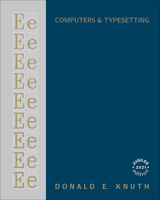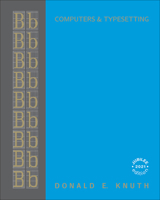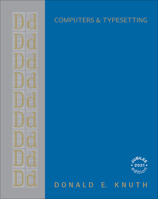Computers & Typesetting, Volume C: The Metafont Book
(Part of the Computers & Typesetting Series)
Select Format
Select Condition 
You Might Also Enjoy
Book Overview
METAFONT is a system for the design of symbols and alphabetic characters suited to raster-based devices that print or display text. The construction of a typeface is an art form and this manual is written for people who wish to advance the quality of mathematical typesetting. The METAFONTbook enables readers, with only minimal computer science or word processing experience, to master the basic as well as the more advanced features of METAFONT programming. With this manual, readers will learn how to write a program using METAFONT that can customize a type design that already exists, create an entire alphabet from scratch, and create logos or special symbols. This description may be from another edition of this product.
Format:Hardcover
Language:English
ISBN:0201134454
ISBN13:9780201134452
Release Date:January 1986
Publisher:Addison-Wesley Professional
Length:384 Pages
Weight:2.00 lbs.
Dimensions:0.9" x 7.8" x 9.6"
Customer Reviews
3 customer ratings | 3 reviews
There are currently no reviews. Be the first to review this work.












































